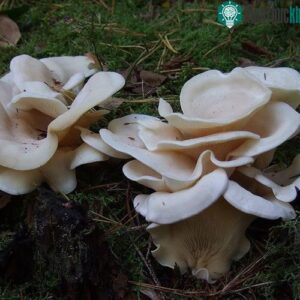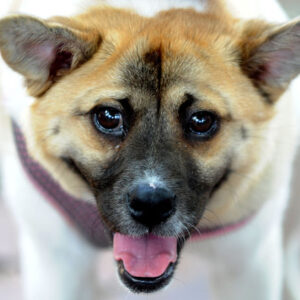
In recent years, the feral hog population has become a major concern for landowners and farmers across the United States. Feral hogs, also known as wild boars or wild pigs, are non-native species that have caused significant damage to crops, farmlands, and natural habitats. They are highly adaptable creatures that can easily survive in different environments, including forests, grasslands, and wetlands. In this article, we will explore the impact of feral hogs on the environment, compare them to other feral animals, and provide some advice on how to deal with these destructive invaders.
The Impact of Feral Hogs on the Environment

Feral hogs have an enormous impact on the environment, especially when they invade new regions. These animals are omnivorous and will eat anything from acorns, roots, and fruits to small mammals, birds, and reptiles. As a result, they compete with native wildlife for food and habitat, leading to the displacement and extinction of some species. Moreover, feral hogs cause significant damage to crops and farmlands, costing millions of dollars in economic losses every year.
Feral hogs also degrade natural habitats by rooting in the soil, digging up vegetation, and wallowing in streams and ponds. This behavior leads to soil erosion, water pollution, and the destruction of wetlands, which are essential for maintaining biodiversity and regulating water flow. Furthermore, feral hogs are known carriers of diseases such as swine flu and brucellosis, which can affect both wildlife and humans.
Comparing Feral Hogs to Other Feral Animals
While feral hogs are one of the most widespread and destructive invasive species, they are not the only ones causing problems for the environment and agriculture. Here are some comparisons between feral hogs and other feral animals:
Feral Pigs vs. Feral Goats
Feral goats are another invasive species that have caused significant damage to natural habitats and crops in many parts of the world. However, unlike feral hogs, they are herbivores and mainly feed on grasses and shrubs. They are also less aggressive than feral hogs and pose fewer threats to humans.
Feral Hogs vs. Feral Chickens
Feral chickens are a common sight in many urban and suburban areas, especially in Hawaii and other tropical regions. While they can cause some nuisance by crowing early in the morning or scratching up gardens, they do not pose any significant threat to the environment or agriculture.
Feral Hogs vs. Feral Rabbits
Feral rabbits are another non-native species that have become invasive in many parts of the world. However, they are primarily herbivorous and feed on grasses, herbs, and bark. They are also much smaller than feral hogs and do not cause as much damage to crops and farmlands.
Feral Hogs vs. Feral Boar
Feral boar is a term used interchangeably with feral hogs, but it usually refers to the European wild boar. These animals are larger and more aggressive than feral hogs and have caused significant damage to forests and natural habitats in many parts of the world. They are also known carriers of diseases such as African swine fever and foot-and-mouth disease, which can have devastating effects on domestic pigs and cattle.
Dealing with Feral Hogs
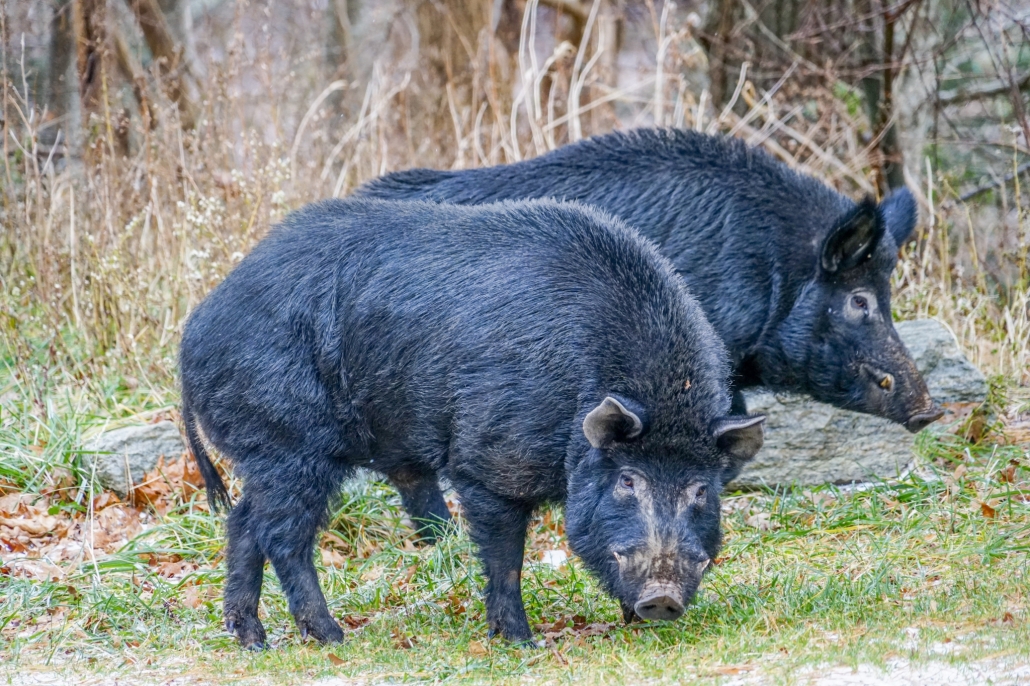
Dealing with feral hogs can be challenging, but there are several methods that landowners and farmers can use to control their populations. Here are some tips for dealing with feral hogs:
- Trapping: One of the most effective methods for controlling feral hog populations is trapping. Live traps, corral traps, and drop nets are some of the popular methods used for trapping feral hogs.
- Hunting: Hunting is another method that can be used to control feral hog populations, especially in regions where hunting is legal and regulated. However, it should be done safely and responsibly.
- Fencing: Erecting sturdy fences around crops and farmlands can prevent feral hogs from accessing them. Electric fences and hog panels are some of the popular options for fencing.
- Scaring: Loud noises, flashing lights, and other scare tactics can be used to deter feral hogs from entering farmlands and natural habitats. However, these methods may not be effective in the long run.
FAQs about Feral Hogs
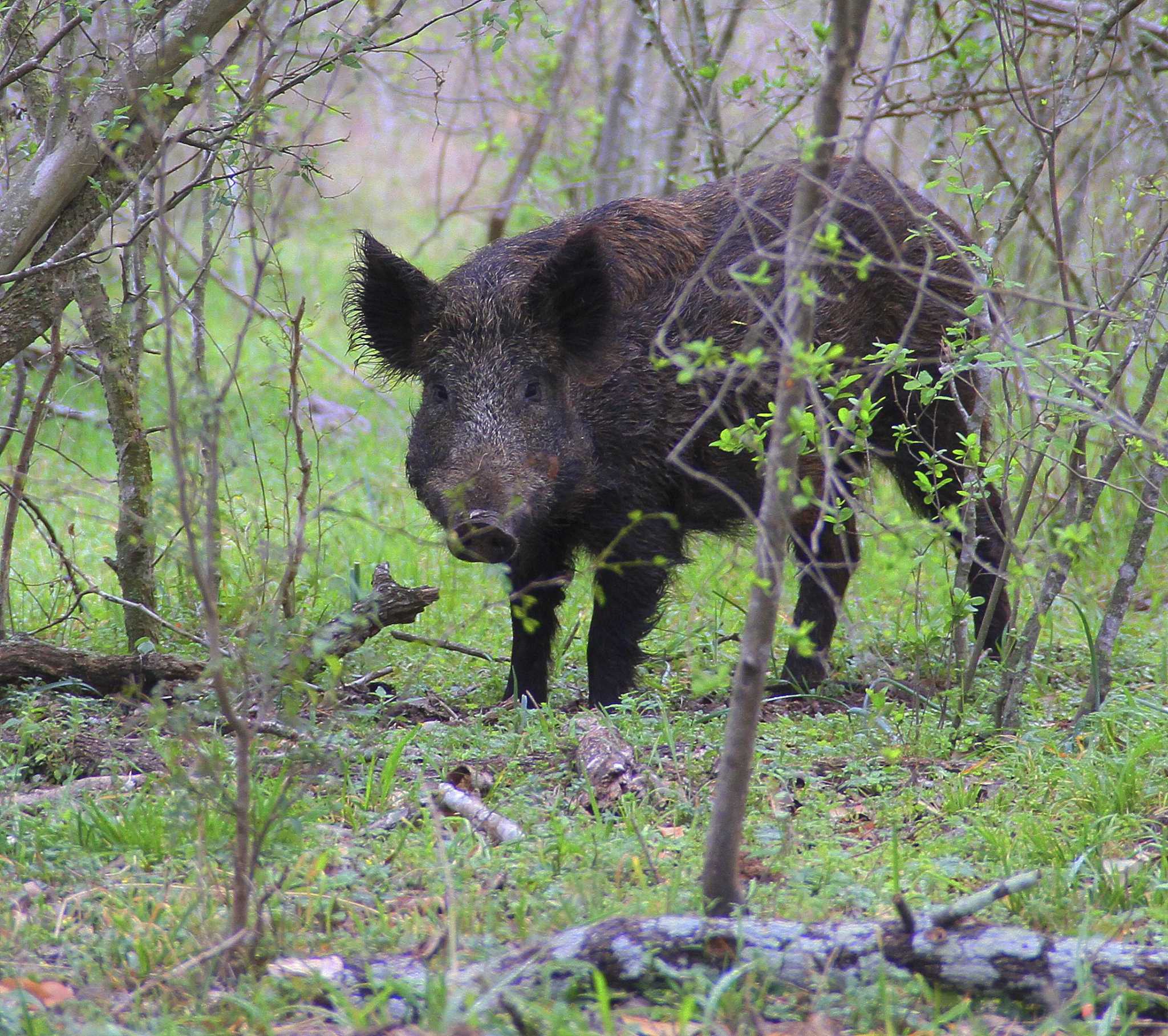
- What is a feral hog? A feral hog is a non-native, domesticated pig that has reverted to a wild state and now lives in the wild.
- Why are feral hogs a problem? Feral hogs are a problem because they cause significant damage to crops, farmlands, and natural habitats. They also compete with native wildlife for food and habitat, leading to the displacement and extinction of some species.
- Are feral hogs dangerous to humans? Feral hogs can be dangerous to humans, especially when they feel threatened or cornered. They can charge at high speeds and use their sharp tusks to defend themselves. Moreover, they are known carriers of diseases such as swine flu and brucellosis, which can affect humans.
- Can feral hogs be domesticated? While feral hogs are descendants of domesticated pigs, it is not advisable to attempt to domesticate them. They are highly aggressive, unpredictable, and can carry diseases that can infect humans and other animals.
- What should I do if I encounter a feral hog? If you encounter a feral hog in the wild, it is best to keep a safe distance and avoid approaching it. Feral hogs have poor eyesight but an excellent sense of smell and hearing, so try to stay downwind and make loud noises to scare it away. Do not attempt to feed or agitate the animal, as this can lead to aggressive behavior.
Conclusion
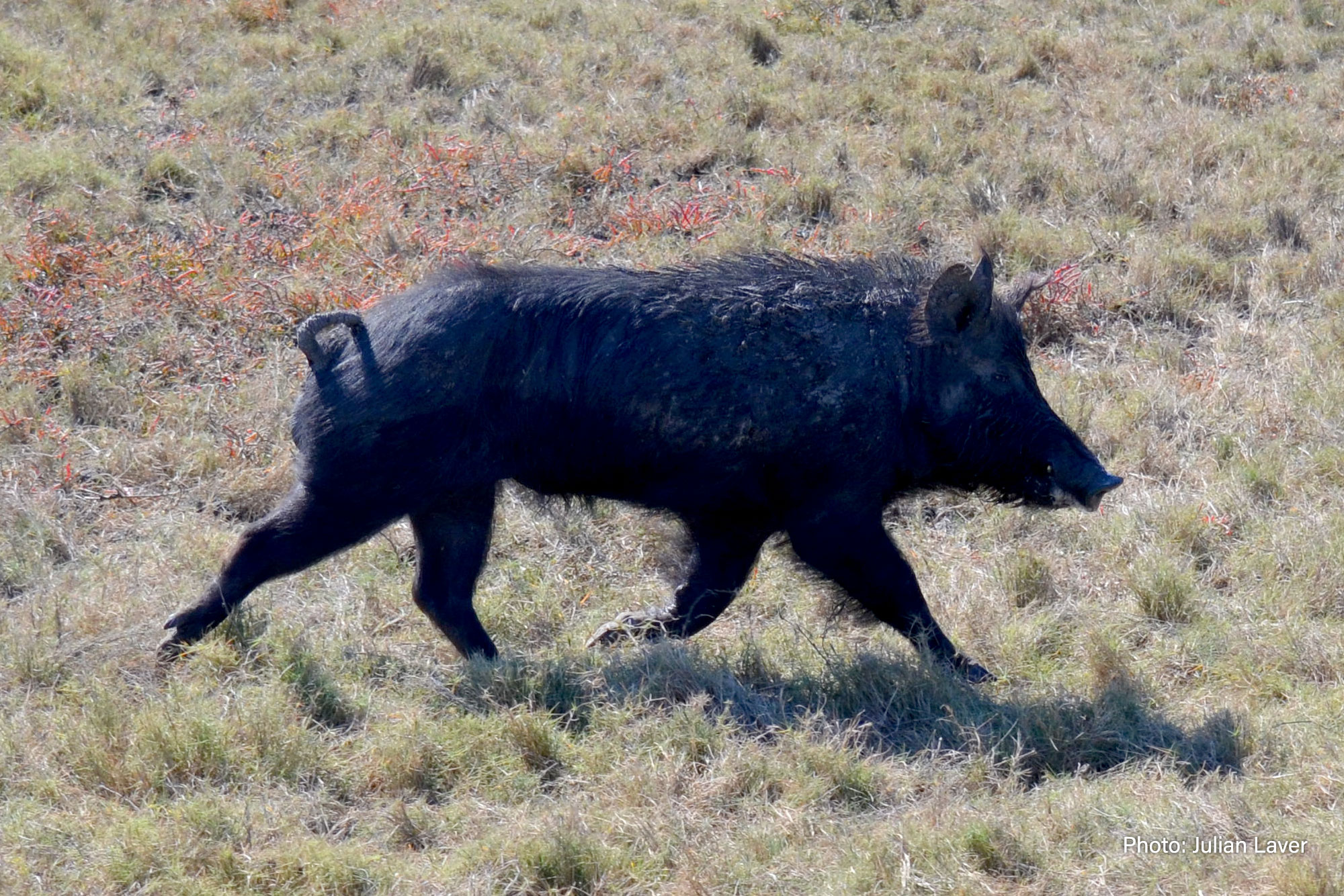
Feral hogs are a significant threat to the environment, agriculture, and public health. They are highly adaptable creatures that can survive in different habitats and cause extensive damage to ecosystems. While there are several methods for controlling feral hog populations, it requires cooperation between landowners, farmers, and government agencies to effectively manage the problem. By taking proactive measures to prevent the spread of feral hogs, we can protect our natural resources and minimize the economic losses associated with their presence.




